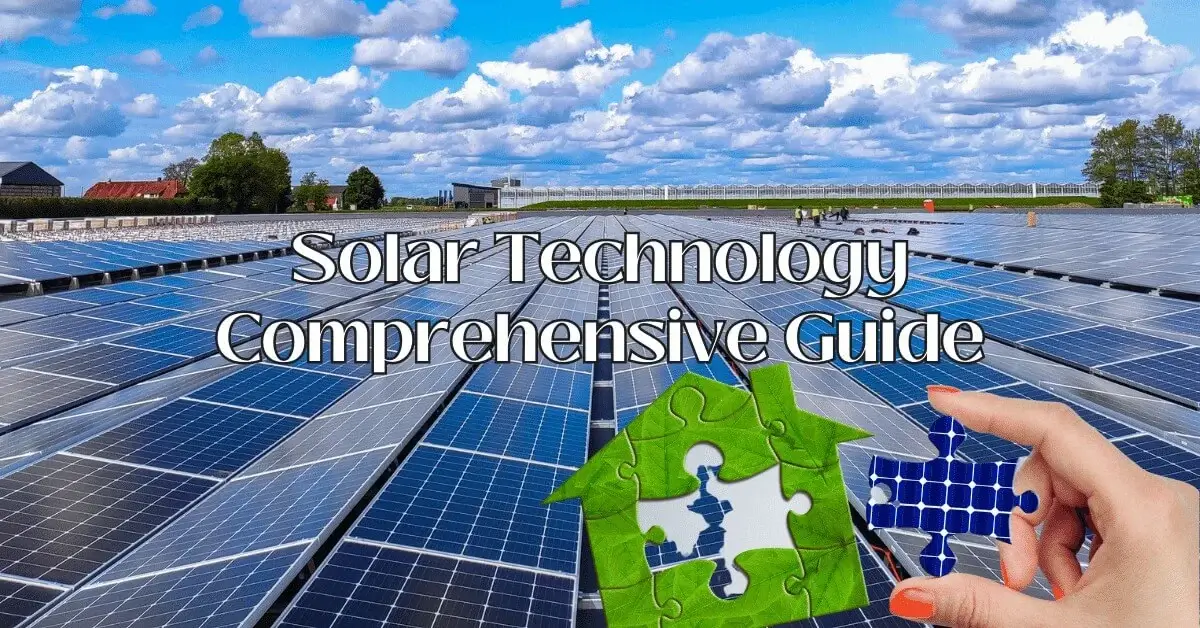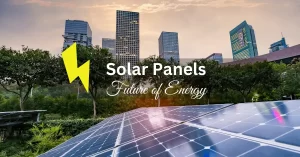Future of Solar Energy, The dawn of the 21st century has created an age of innovative energy solutions. With an ever-growing emphasis on sustainability and environmental consciousness, solar panel technology has swiftly risen to the forefront of renewable energy advancements. Solar energy, once an emerging dream, is now a booming industry full of innovations that challenge our conventional understanding. The persistent search for efficiency and aesthetic integration has led to an embarrassment of advancements. Below is the detail of some new Solar technologies.
Estimating the prices of these advanced solar technologies’ prices is challenging because costs can vary widely based on region, scale, production efficiencies, local policies, and technological advancements.
Table of Contents
Overview
Future of Solar Energy, The dawn of the 21st century has created an age of innovative energy solutions. With an ever-growing emphasis on sustainability and environmental consciousness, solar panel technology has swiftly risen to the forefront of renewable energy advancements. Solar energy, once an emerging dream, is now a booming industry full of innovations that challenge our conventional understanding. The persistent search for efficiency and aesthetic integration has led to an embarrassment of advancements. Below is the detail of some new Solar technologies.
Estimating the prices of these advanced solar technologies’ prices is challenging because costs can vary widely based on region, scale, production efficiencies, local policies, and technological advancements.
Floating Solar Farms
One of the most exciting developments in this space is floating solar farms. Mounted on buoyant platforms on water bodies, these farms have seen their capacity soar from 70 MWp in 2015 to an astonishing 1,300MWp in 2020. Despite the inherent challenges and costs, the benefits are undeniable. This technology offers significant benefits. It can potentially exceed the current global Solar PV capacity by up to 20 times.
Initial Cost:
Floating solar systems can be slightly more expensive than land-based systems, mainly due to the additional costs of floatation devices and mooring systems. Though costs can vary, a typical range might be from $0.70 to $1.50 per watt.
Operation and Maintenance (O&M):
These costs can be higher for floating solar due to the aquatic environment. Regular inspections of floatation and mooring components can add to the O&M budget.
Building-Integrated Photovoltaics (BIPV)
Architects and engineers now have the ability to weave solar technology directly into building designs. BIPV systems are a testament to this, integrating photovoltaic materials into roofs, walls, and even windows. These systems redefine dual utility, serving both as energy generators and fundamental building materials.
Initial Cost:
BIPV systems, since they replace traditional building materials, can be more expensive than traditional solar installations. Costs might range from $1.50 to $4.00 per watt, depending on the type of BIPV (roof tiles, windows, facades, etc.).
O&M:
Comparable to or slightly higher than conventional solar panels due to the integrated nature of the installations.
Solar Skins
In the realm of aesthetics, solar skins offer a refreshing take. These thin films can be printed with designs of choice, allowing solar panels to merge seamlessly with their environment, thereby enhancing visual appeal.
Initial Cost:
Solar skins add an aesthetic layer to traditional solar panels, and this customization can come at a premium. The additional cost might range from $0.10 to $0.50 per watt on top of standard solar panel costs.
O&M:
Comparable to conventional solar panels.
Solar Fabric
Imagine draping yourself in clothing that not only protects but also powers. Although in its infancy, the solar fabric promises to merge fashion with functionality, embedding photovoltaic cells within textiles to generate power.
Initial Cost:
This is a nascent technology, so costs can be high and less standardized. It’s challenging to give a specific range without specific product details. Large-scale applications might be more cost effective than individual products like clothing or accessories.
O&M:
This will vary based on the application.
Photovoltaic Solar Noise Barriers
Noise pollution remains a concern in many urban areas. Photovoltaic solar noise barriers stand tall as a solution, addressing noise concerns while doubling up as electricity generators.
Initial Cost:
Incorporating solar panels into noise barriers can be more expensive than constructing traditional noise barriers, but you’re also getting power generation. A broad range might be $200 to $500 per square meter, but this is a very rough estimate.
O&M:
Comparable to or slightly higher than conventional solar panels due to their location near roadways and potential pollution exposure.
Conclusion
The Future of Solar Energy empire is undergoing rapid and transformative advancements. From harnessing the serene expanse of lakes for power to integrating energy solutions into our very attire, the future of solar panels shines bright. As the industry continues to innovate, the dream of a greener and more sustainable future comes ever closer to fruition.
Disclaimer:
We intend the content of this article for educational purposes, and you should not consider it a replacement for expert advice. We try our best to ensure the accuracy of the information presented. Still, we cannot accept liability for any inaccuracies or oversights. We advise readers to consult with a qualified professional before making any decisions based on the information provided in this article.




